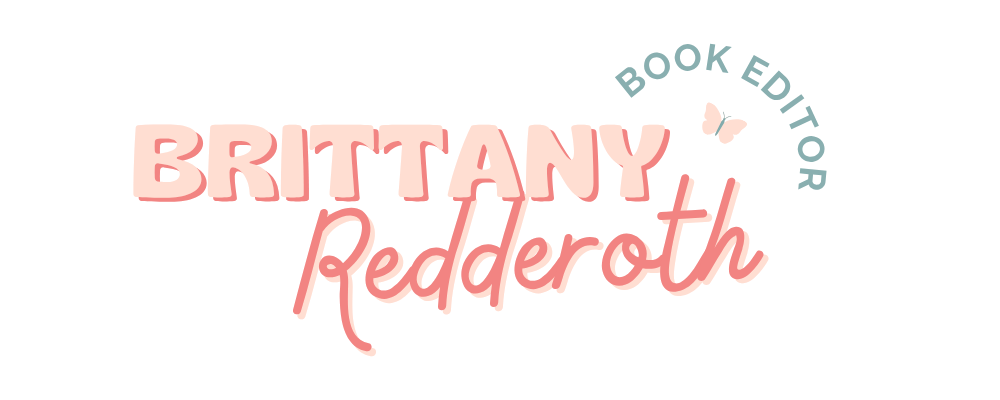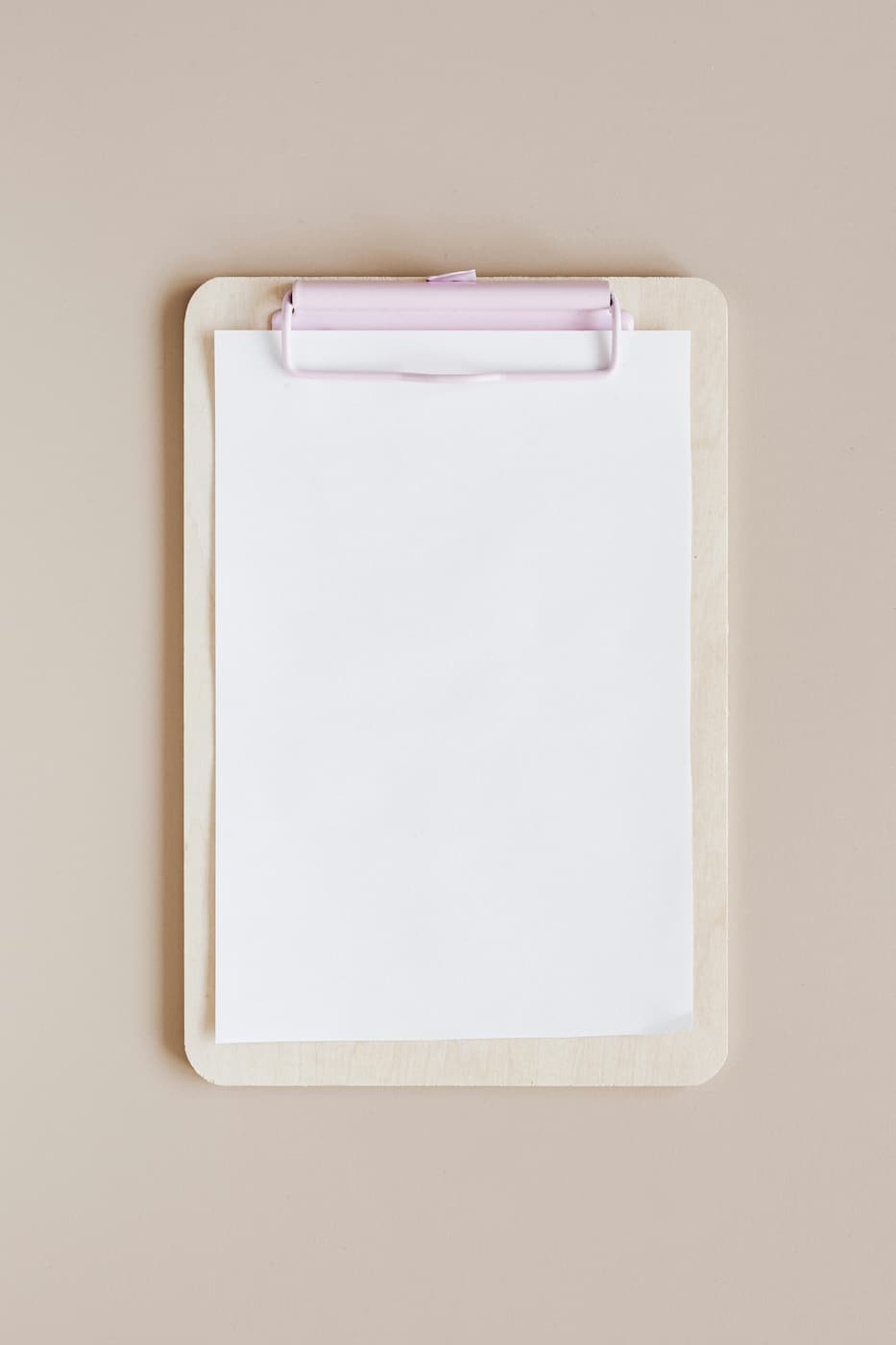Copyeditors aren’t just checking grammar and spelling.
A crucial part of a copyedit is to ensure your manuscript is consistent. For example, your software may suggest the Oxford comma, but it can’t necessarily tell you that it has been used in every instance it should have been used. This is what a copyeditor is checking for.
The Chicago Manual of Style is the most commonly used style guide for book publishing in the United States. A US-based copyeditor in book publishing will use this style guide as a main reference as they copyedit your book.
The Chicago Manual of Style (or CMOS for short) has specific guidance on all those seemingly tiny details, like:
- when to capitalize “Grandpa John” or lowercase “ my grandpa”
- when to write out the word “three” instead of using the numeral “3”
- when to use an em dash or an en dash (instead of a hyphen).
All these choices are consistently implemented in your book to make it clear and non-distracting for the reader. So when I’m copyediting your book, I am referencing CMOS for guidance. The great part about editing fiction is that decisions in all of these “rules” can be more flexible! As long as they’re consistently decided. 😉
The point of the style sheet is for the copyeditor to be noting specific choices in style that have been made, either according to CMOS or the author’s preference. The goal is to make style choices that are consistent and can be referenced later, either by the author, by a proofreader, or even by the copyeditor in the next book in the series.
That’s why a style sheet is so important when you’re paying for a copyedit. It’s a standard way to ensure consistency within the manuscript and even a series.
Professional copyeditors are trained to know that a copyedit = edited manuscript with tracked changes + a style sheet.
Every time.




